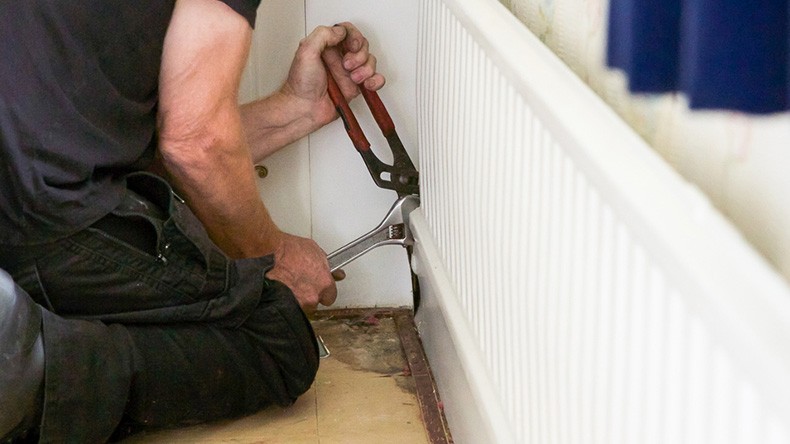The central heating system, particularly the radiator can easily get accumulated with a hard and thick sludge over time if not cleaned properly. This not only affects its performance but can also prevent it from working completely. It can also make the broiler work harder to heat the property causing a rise in energy bills. This means that radiators can cause you a lot of trouble if they are not looked after properly. So, if you are facing similar problems, we have got you covered! This article explains how to remove sludge from radiator in the easiest ways possible.
Power Flush
One of the most convenient ways to remove sludge from radiator is to hire a professional to do it for you. Plumbers usually attach flushing units to the central heating pipework and plumb clean water into the system. This forces out the debris and cleans the radiator efficiently. Since the pressure of the power flushes is low but its speed is high, the process ensures that it does not cause any damage to the plumbing. Power flushing is a relatively easier process as it does not involve the removal of the radiators and flushes off the debris through the outlet pipe in a few hours. Moreover, it cleans out the whole central system and not just the radiator which improves the efficiency of the heating system in the long run.
Also Read: How to Remove a Thermostatic Radiator Valve
Cleaning the Radiator Manually
There may have been days when you thought to yourself “oh if only there was a way to clean the radiators manually so that I could save a few dollars”. To your surprise, there is a way to clean them manually but it is quite a hectic job. So, if you have the sludge in only one radiator, get ready to clean it yourself. First of all, turn off your central heating system until your radiators are cool. You do not want to get serious burns due to the scorching water of the radiators. Next, put old towels and shallow pans around the radiator to catch the dirty water which will flow out of it once you remove it. Turn off the valves (the thermostatic radiator valve and lock-shield valve) at both ends of the radiator and write down the number of turns it takes to close the valves as you will need to turn them the same number of times while resetting the radiator.
Secondly, loosen the nuts of the thermostatic radiator valve and open the bleed valve. Stay vigilant as the dirty water will flow out of this valve immediately. Now turn the nut on the lock-shield valve which will allow you to remove the radiator. Wrap it with a towel or a plastic bag as it will contain dirty water and transport it to the bathtub or outside to clean it. Thirdly, attach a hosepipe or a shower outlet to the valve outlets of the radiator to flush off the radiator sludge. Finally, reconnect your radiator to the central heating system carefully and you are done with your job!
Also Read: How to Remove a Radiator for Decorating








